Ptarmigans are small birds in the grouse family. There are three different species of ptarmigans, and they are all members of the genus Lagopus. T
he three species of ptarmigans are the willow, white-tailed, and rock ptarmigan. All species live in North America and Eurasia, primarily in Arctic regions. Read on to learn about the ptarmigan.
Description of the Ptarmigan
Ptarmigans look somewhat like a cross between a chicken and a pigeon. They are relatively small birds, and their plumage, or feathers, varies based on the season.
Most species are a little over a foot long, and weigh no more than a pound or two. During the summer seasons, most ptarmigans are brown or dull tan, and during the winter they are white, grey, and black.
Interesting Facts About the Ptarmigan
These little birds are surprisingly widespread across the northern hemisphere. They are commonly prey for other species, but they have a few tricks up their sleeve to help them survive.
- Turncoat – Ptarmigans change their color not because they have changed their alliance, but because it helps them survive. Just like the Arctic fox, ptarmigans gain an advantage by looking like the habitat around them. During the winter when it is snowy, these birds are white, and during the summer when the snow has melted, they are brown or tan.
- Feather Boots – It’s no secret that the Arctic Circle gets cold. To help combat the freezing temperatures, and keep their tootsies from getting frostbite, ptarmigans have feathers on their feet! The feathers help insulate them against the cold.
- Nose Guard – That’s not the only weird place that ptarmigans have feathers. In addition to their feet, they also have a covering of feathers over their nostrils. These feathers work almost like a scarf. The air passing through them warms up in the feathers before entering their lungs.
- Harsh World – These adaptations aren’t always enough to save the birds from the harsh life in the Arctic. This is especially true for younger birds. In fact, only about three out of every ten ptarmigan chicks survive their first year.
Habitat of the Ptarmigan
Ptarmigans live in Arctic regions, which are incredibly cold and harsh. Most species and subspecies also live in alpine ecosystems, which are higher and colder than trees can grow.
Those that live below the tree line primarily inhabit pine, willow, and birch forests. They also live in the Arctic tundra, where they use their camouflage to hide, rather than vegetation.
Distribution of the Ptarmigan
These birds have a wide distribution across the northern hemisphere and Arctic Circle. Different species have different ranges, some of which overlap with other species of ptarmigan. The white-tailed ptarmigan only lives in Alaska and northwest Canada.
The rock and willow ptarmigans both live across northern North America, Europe, and Asia. Willow ptarmigans have a wider range than any other species, and spread much farther south.
Diet of the Ptarmigan
The diet of these birds varies based on region, species, and age. They are primarily herbivores, but younger birds must eat insects because they are high in protein and easy to digest.
Far from picky, ptarmigans eat grass, leaves, buds, flowers, seeds, twigs, and more. Often, they can only eat whatever happens to be growing at the time.
Ptarmigan and Human Interaction
For northern tribes and peoples, ptarmigan meat is an important part of daily life and culture. In many areas, the local government regulates hunting to protect the populations of the birds.
Habitat destruction also poses a danger, and climate change is altering the habitats in the northern hemisphere every year. For the most part, the populations of these birds is stable, the IUCN lists all three species as Least Concern.
Domestication
Humans have not domesticated these birds in any way.
Does the Ptarmigan Make a Good Pet
No, ptarmigans do not make good pets. They are wild animals, and are adapted to an incredibly cold environment. It is also illegal to own ptarmigans as pets in many places.
Ptarmigan Care
The only zoos that readily house this bird are those in rather cold climates. Because they are relatively small, and usually live on the ground, creating a habitat for them is quite easy.
Zoos provide them with low vegetation to hide in, similar to what they find in the wild. Their diet of plants is easy to replicate, and zookeepers can give them pelleted feed to ensure all their nutritional needs are met.
Behavior of the Ptarmigan
Outside of breeding season, these birds are usually solitary. They spend most of their time searching for food and hiding from predators.
As the breeding season rolls around, all the ptarmigans migrate to seasonal breeding grounds. Once they arrive, males defend small territories, often fighting with other males. Females wander through these territories until they find a potential suitor.
Reproduction of the Ptarmigan
Once she finds a good mate, the female ptarmigan builds her nest and lays her eggs. While she incubates the eggs, the male protects her from predators and rival pairs. The eggs incubate for a little under a month.
Most ptarmigan males continue to protect the female and chicks after they hatch, and even bring them food. Most chicks can fly within a week or a week and a half, but they stay with their mother until the end of the summer.

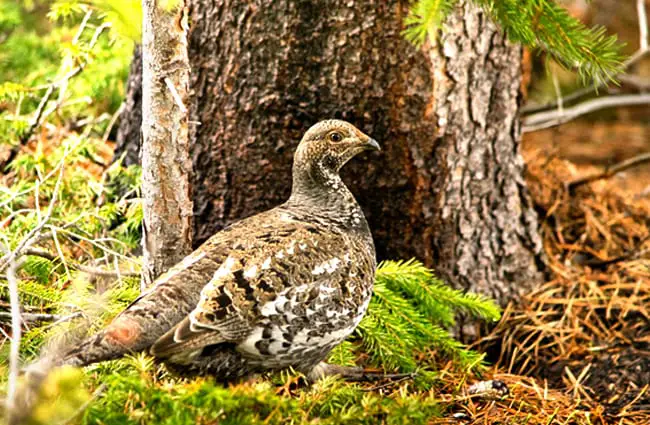
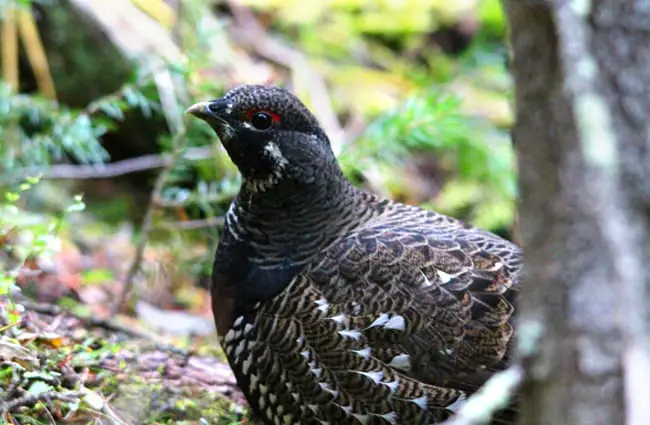
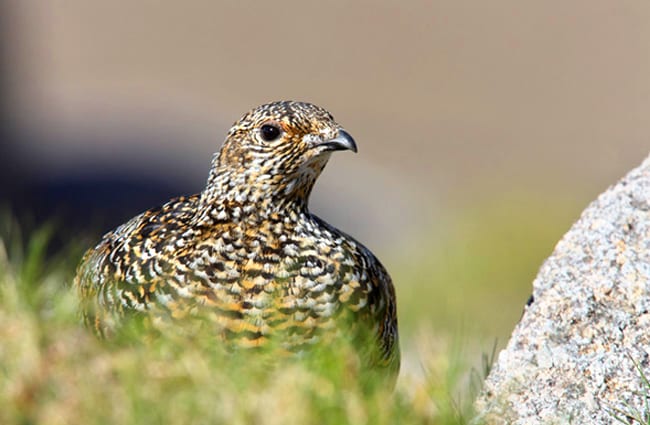





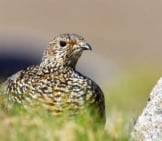
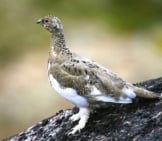


![Red Angus Closeup of a beautiful Red Angus cowPhoto by: U.S. Department of Agriculture [pubic domain]https://creativecommons.org/licenses/by/2.0/](https://animals.net/wp-content/uploads/2020/03/Red-Angus-4-238x178.jpg)












![Red Angus Closeup of a beautiful Red Angus cowPhoto by: U.S. Department of Agriculture [pubic domain]https://creativecommons.org/licenses/by/2.0/](https://animals.net/wp-content/uploads/2020/03/Red-Angus-4-100x75.jpg)

